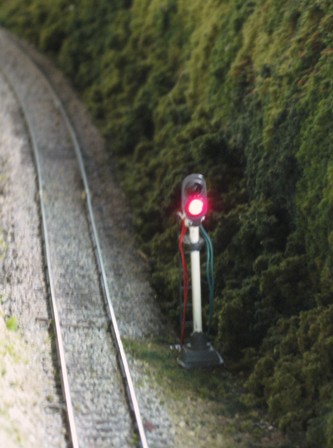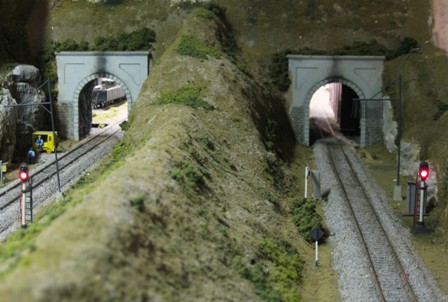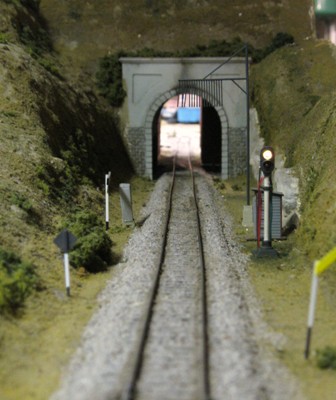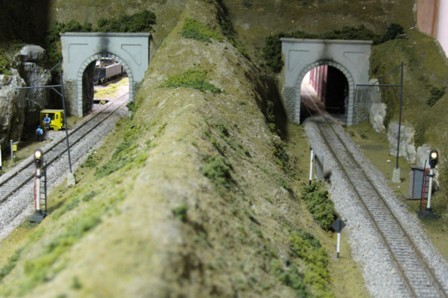THE END OF MELTED DIESELS?
As most of you know, there are three locations on Dividing Creek that require extra care–South Portal, Alfrecha and, unremarked until recently, a spot just north of New Haven Jct. These spots mark where one power system ends and another begins. Dynatrol being what it is, if one power district suffers a short circuit and a locomotive goes across the gap so that half the engine is getting power and the other half is not, the usual result is some smoke and sometimes the shell may experience some meltdown.
At a recent operating session, a train crew (who shall remain unidentified) was working at New Haven Jct. and a short occurred at Dividing Creek. The crew, not realizing a short had occurred, proceeded across the gap and, of course, the engine stopped. After a short interval, the smoke began, and there was a slight melting on part of the shell. No real harm done, a few minutes re-wiring and the locomotive is as good as new. Except for the melted spot. I may or may not replace the shell, the melted spot is hardly noticeable.
To digress, one of the nice things about Dynatrol is that when something like this happens, the wires from the trucks to the receiver are the first to go, hence smoke and melting. But the receiver is protected.
After this incident, several of us had a discussion on possible preventive measures. Carl came up with a solution and presented me with a relay-based circuit to install.
Briefly, I needed three two-color signals to wire into the circuit. Normally, the signal light would be green. However, if the Dividing Creek yard area suffered a short circuit, the relay would trip and the signal would go red. Hopefully, then train crews would know enough not to pass the red signal. Once the short is cleared, the signal returns to green. Fortunately, I did have four very old Walthers two-color signals to use at these spots. The accompanying photos show the new installations.
Thanks, Carl
Don Howd
















